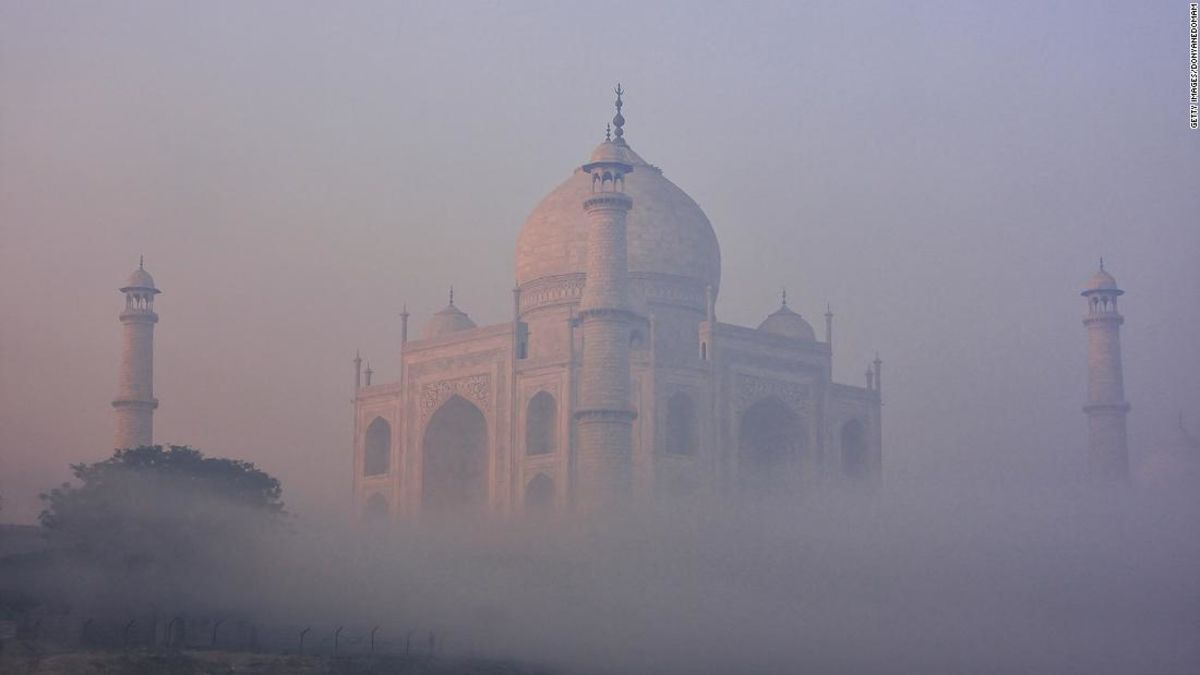The Taj Mahal is India’s single most visited tourist attraction, with an estimated eight million people visiting the UNESCO World Heritage site annually.
Two mobile air purifier vans have been stationed at the Taj Mahal by “a private firm,” according to authorities in Uttar Pradesh. Though the city has several of these vans at their disposal, officials had to choose where and how to utilize them.
Officials were vague on exactly how the vans work and whether they were on short or long-term loan.
“This is on a trial basis for 10 days but we are trying to get [the private firm] to continue it for some more time,” Bhuvan Prakash Yadav, a representative from the Uttar Pradesh Pollution Control Board (UPPCB) told CNN.
Yadav did not identify the private firm who made the air purifier vans, but ads for the telecom company Vodafone appear on the sides of some of them.
He also said that each van is able to purify 1.5 million cubic meters (53 million cubic feet) of air in eight hours. However, this cannot be verified as the vans lack sensors, so it’s unclear if the vans have any effect beyond their cosmetic and PR purposes.
Years of smog, tourists and insects are damaging India’s iconic mausoleum the Taj Mahal and causing parts of the exterior to turn yellow-green. CNN’s Robyn Curnow reports activists are calling on the country’s leaders to preserve it.
This is not the first time that pollution has caused issues at the Taj Mahal.
“We don’t know whether you have or perhaps don’t have the expertise. Even if you have the expertise, you are not utilizing it. Or perhaps you don’t care,” a judge reportedly said at the time.
Much of the damage cited in the court case was the result of air pollution and contamination of the Yamuna River, which flows behind the Taj.
Air pollution forces New Delhi to divert flights
Air pollution is an ongoing public health issue throughout India, and unlikely to alleviate any time soon.
A variety of factors contribute to the pollution, including fossil fuel usage, crop burning and vehicle exhausts.
CNN’s Swati Gupta contributed reporting.
